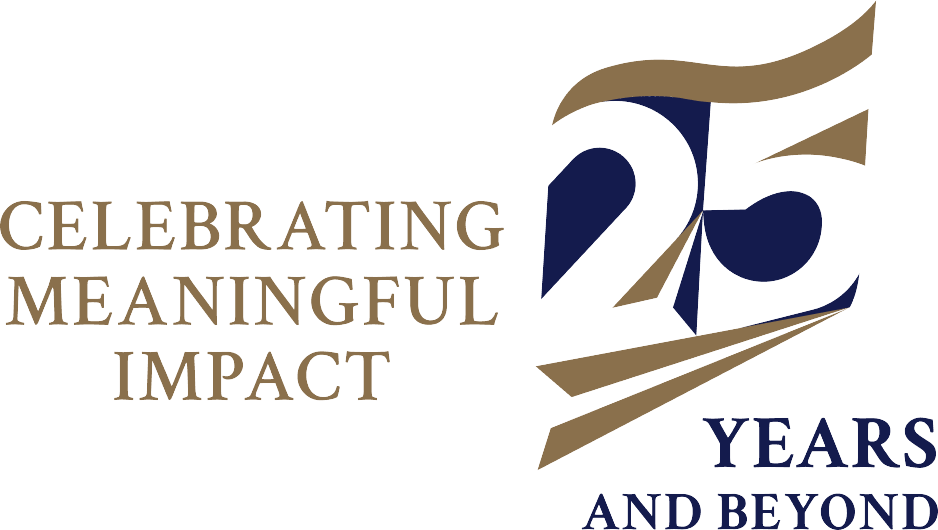Our Research
Trading Through a Pandemic: The Singaporean Experience
Published Date: 30/09/2020
Henry S. Gao Global Trade and Customs Journal Volume 16, Issue 1 (2021) pp. 11 – 24
View PublicationAcross the Great Wall: E-commerce Joint Statement Initiative Negotiation and China
Published Date: 30/09/2020
Henry S. Gao
View PublicationAI and Data Use: Surveillance Technology and Community Disquiet in the Age of COVID-19
Published Date: 13/09/2020
Wee, Alicia, and Findlay, Mark James SMU Centre for AI & Data Governance Research Paper. The paper can be downloaded here.
View PublicationDigital Readiness Index: An Institutional Perspective on the use of Technology in Dispute Resolution
Published Date: 09/09/2020
Goh, Allison Conference paper presented at the "SMU Conference on Global Public-Private Law Approaches to the Covid-19 Pandemic"
View PublicationEthics, Rule of Law and Pandemic Responses
Published Date: 07/09/2020
Findlay, Mark James, Ethics, Rule of Law and Pandemic Responses (July 27, 2020). SMU Centre for AI & Data Governance Research Paper No. 2020/07, Available at SSRN: https://ssrn.com/abstract=3661180 or http://dx.doi.org/10.2139/ssrn.3661180
View PublicationTaking Disputes Online in a Pandemic-Stricken World: Do We Necessarily Lose More Than We Gain?
Published Date: 07/09/2020
Dorcas Quek-Anderson
View PublicationReflections on the Use of Facial Recognition Technology During COVID-19
Published Date: 07/09/2020
Gary Kok Yew, Chan
View PublicationA New Chinese Economic Order?
Published Date: 31/08/2020
Shaffer, Gregory C. and Gao, Henry S., A New Chinese Economic Order? (April 11, 2019). Journal of International Economic Law, Volume 23, Issue 3, September 2020, Pages 607–635, https://doi.org/10.1093/jiel/jgaa013 , UC Irvine School of Law Research Paper No. 2019-21, Singapore Management University School of Law Research Paper No. 31, Available at SSRN: https://ssrn.com/abstract=3370452
View PublicationRethinking Mistake in the Age of Algorithms: Quoine Pte Ltd v B2C2 Ltd
Published Date: 13/08/2020
Vincent Ooi & Kian Peng Soh (2020) Rethinking Mistake in the Age of Algorithms: Quoine Pte Ltd v B2C2 Ltd, King's Law Journal, 31:3, 367-372, DOI: 10.1080/09615768.2020.1815939
View PublicationPandemic Paradox and Polanyi: Financial Markets Rise, Economies Crash, and Regulators Toss a Coin
Published Date: 10/08/2020
Findlay, Mark James SMU Centre for AI & Data Governance Research Paper. The paper can be downloaded here.
View PublicationArtificial intelligence and moral rights
Published Date: 02/08/2020
Martin Miernicki and Irene Ng (Huang Ying)
View PublicationThe Future of Personal Data Protection Law in Singapore: A Role for the Use of Artificial Intelligence and the Propertization of Personal Data
Published Date: 31/07/2020
Warren B. Chik
View PublicationGlobal Challenges and Regulatory Strategies to Fintech
Published Date: 25/07/2020
Gurrea-Martínez, Aurelio and Remolina, Nydia SMU Centre for AI & Data Governance Research Paper No. 2020/01.
View PublicationTowards a Data-Driven Financial System: The Impact of Covid-19
Published Date: 25/07/2020
Remolina, Nydia SMU Centre for AI & Data Governance Research Paper No. 2020/08.
View PublicationTrading Through a Pandemic: The Singaporean Experience
Published Date: 14/07/2020
Gao, Henry S. and Chainani, Dhiraj and Chew, Siu Farn, Trading Through a Pandemic: The Singaporean Experience (July 15, 2020). Global Trade and Customs Journal Volume 16, Issue 1 (2021) pp. 11 – 24, Available at SSRN: https://ssrn.com/abstract=3794042
View PublicationTowards a Control-Centric Account of Fault-based Liability for Automated Vehicles
Published Date: 30/06/2020
Jerrold Tsin Howe, Soh
View PublicationCOVID-19 Vaccine Research, Development, Regulation and Access
Published Date: 29/06/2020
Tham, Benjamin and Findlay, Mark James SMU Centre for AI & Data Governance Research Paper Forthcoming. The paper can be downloaded here.
View PublicationData Imperialism: Disrupting Secondary Data in Platform Economies Through Participatory Regulation
Published Date: 28/05/2020
Findlay, Mark James and Seah, Josephine SMU Centre for AI & Data Governance Research Paper No. 2020/06. The paper can be downloaded here.
View PublicationRegulatory Approaches to Consumer Protection in the Financial Sector and Beyond: Toward a Smart Disclosure Regime?
Published Date: 27/05/2020
Remolina, Nydia and Gurrea-Martínez, Aurelio and Hardoon, David R. and Loh, Yvonne Ai-Chi
View PublicationTrust in and Ethical Design of Carebots: The Case for Ethics of Care
Published Date: 22/05/2020
Yew, G.C.K. Trust in and Ethical Design of Carebots: The Case for Ethics of Care. Int J of Soc Robotics 13, 629–645 (2021). https://doi.org/10.1007/s12369-020-00653-w
View PublicationTrust in and Ethical Design of Carebots: The Case for Ethics of Care
Published Date: 22/05/2020
Chan, Gary Kok Yew International Journal of Social Robotics
View PublicationEthics, AI, Mass Data and Pandemic Challenges: Responsible Data Use and Infrastructure Application for Surveillance and Pre-emptive Tracing Post-crisis
Published Date: 21/05/2020
Findlay, Mark James and Loke, Jia Yuan and Remolina, Nydia and Tham, Benjamin SMU Centre for AI & Data Governance Research Paper No. 2020/02. The paper can be downloaded here.
View PublicationRegulating Personal Data Usage in COVID-19 Control Conditions
Published Date: 21/05/2020
Findlay, Mark James and Remolina, Nydia SMU Centre for AI & Data Governance Research Paper No. 2020/04. The paper can be downloaded here.
View PublicationAn Ecosystem Approach to Ethical AI and Data Use: Experimental reflections
Published Date: 12/05/2020
Findlay, Mark James and Seah, Josephine SMU Centre for AI & Data Governance Research Paper No. 2020/03. The paper can be downloaded here.
View PublicationCoronavirus: Pandemics, Artificial Intelligence and Personal Data - How to Manage Pandemics Using AI and What That Means for Personal Data Protection
Published Date: 30/04/2020
Warren B. Chik
View Publication
